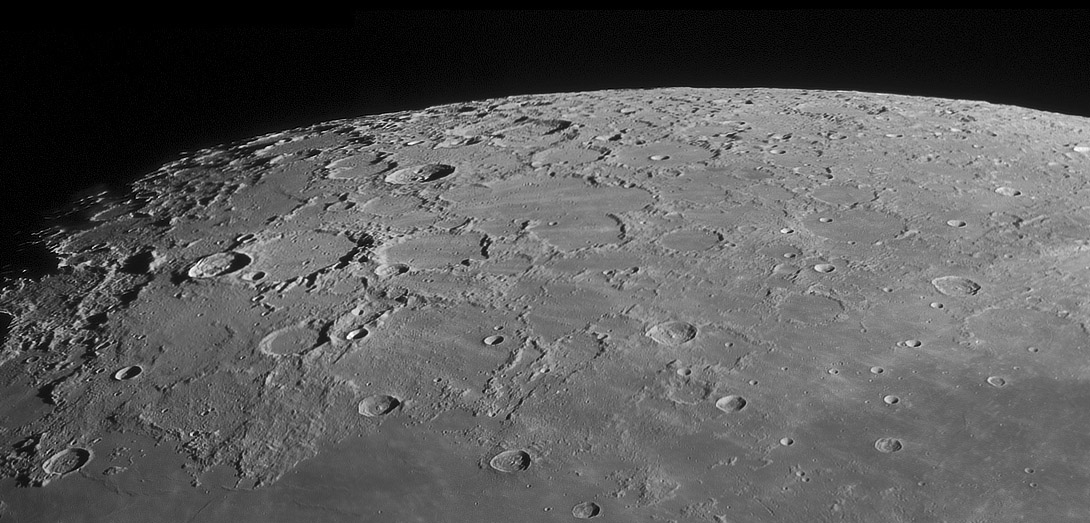Difference between revisions of "April 11, 2010"
| Line 1: | Line 1: | ||
__NOTOC__ | __NOTOC__ | ||
=Polar Pastime= | =Polar Pastime= | ||
| − | |||
<!-- ws:start:WikiTextHeadingRule:1:<h1> --> | <!-- ws:start:WikiTextHeadingRule:1:<h1> --> | ||
<!-- ws:start:WikiTextLocalImageRule:16:<img src="/file/view/LPOD-Apr-11-10.jpg/133461239/LPOD-Apr-11-10.jpg" alt="" title="" /> -->[[File:LPOD-Apr-11-10.jpg|LPOD-Apr-11-10.jpg]]<!-- ws:end:WikiTextLocalImageRule:16 --><br /> | <!-- ws:start:WikiTextLocalImageRule:16:<img src="/file/view/LPOD-Apr-11-10.jpg/133461239/LPOD-Apr-11-10.jpg" alt="" title="" /> -->[[File:LPOD-Apr-11-10.jpg|LPOD-Apr-11-10.jpg]]<!-- ws:end:WikiTextLocalImageRule:16 --><br /> | ||
| − | <em>image by [mailto:dvmak@mail.ru Dmitry Makolkin], Moscow, Russia</em><br /> | + | <em>image by [mailto:dvmak@mail.ru" rel="nofollow Dmitry Makolkin], Moscow, Russia</em><br /> |
<br /> | <br /> | ||
| − | The lunar south polar region gets more attention than the north pole area because the topography is more dramatic. But, as this excerpt from Dmitry's [http://www.makolkin.ru/Gallery/100325/Moon_100325_TAL-250K_DMK31.html mosaic] illustrates, there are interesting topo details in the north too. The basic character of the landscape is different - it is flatter because most of the craters are partially filled with basin ejecta from Imbrium. Only a few post-Imbrium craters are conspicuous, including Scoresby (center top) and Anaxagoras (left) with rays radiating away to the east. When I am observing this area I get my bearings using the distinctive conjoined twins Challis and Main, just poleward of Scoresby. Despite the north pole's lack of large permanently shadowed craters there appears to be much [ | + | The lunar south polar region gets more attention than the north pole area because the topography is more dramatic. But, as this excerpt from Dmitry's [http://www.makolkin.ru/Gallery/100325/Moon_100325_TAL-250K_DMK31.html" rel="nofollow mosaic] illustrates, there are interesting topo details in the north too. The basic character of the landscape is different - it is flatter because most of the craters are partially filled with basin ejecta from Imbrium. Only a few post-Imbrium craters are conspicuous, including Scoresby (center top) and Anaxagoras (left) with rays radiating away to the east. When I am observing this area I get my bearings using the distinctive conjoined twins Challis and Main, just poleward of Scoresby. Despite the north pole's lack of large permanently shadowed craters there appears to be much [/March+2%2C+2010 more ice] there than in the more visually dramatic opposite pole.<br /> |
<br /> | <br /> | ||
| − | <em>[mailto:tychocrater@yahoo.com Chuck Wood]</em><br /> | + | <em>[mailto:tychocrater@yahoo.com" rel="nofollow Chuck Wood]</em><br /> |
<br /> | <br /> | ||
<strong>Technical Details</strong><br /> | <strong>Technical Details</strong><br /> | ||
Revision as of 19:21, 4 January 2015
Polar Pastime

image by " rel="nofollow Dmitry Makolkin, Moscow, Russia
The lunar south polar region gets more attention than the north pole area because the topography is more dramatic. But, as this excerpt from Dmitry's " rel="nofollow mosaic illustrates, there are interesting topo details in the north too. The basic character of the landscape is different - it is flatter because most of the craters are partially filled with basin ejecta from Imbrium. Only a few post-Imbrium craters are conspicuous, including Scoresby (center top) and Anaxagoras (left) with rays radiating away to the east. When I am observing this area I get my bearings using the distinctive conjoined twins Challis and Main, just poleward of Scoresby. Despite the north pole's lack of large permanently shadowed craters there appears to be much [/March+2%2C+2010 more ice] there than in the more visually dramatic opposite pole.
" rel="nofollow Chuck Wood
Technical Details
Mar 25, 2010. TAL-250K + DMK 31AU03.AS + Astronomics IR ro 743nm filter. Registax 5.1beta, 350/2500 frames.
Related Links
Rükl plate 4
History note: Apollo 13 was launched toward the Moon 40 years ago today - a failed mission and one of NASA's greatest triumphs.



